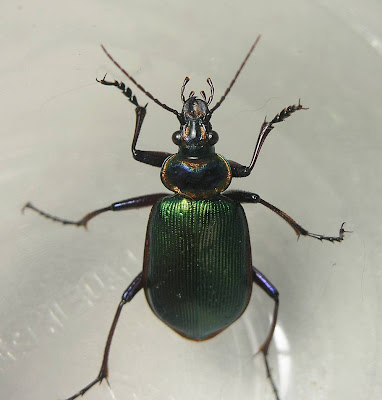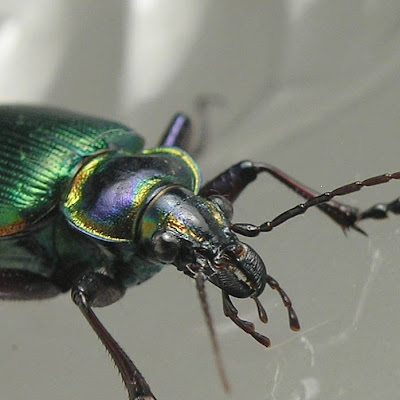Johnny-Jump-Up (Field Pansy)
(Photo: Marvin Smith on 3/29/10)
Johnny-Jump-Up
Other Common Names: Field Pansy, Wild Pansy
My best shot at an ID: Viola bicolor (Pursh)
Plant family: Violaceae (Violet)
Habitat: Fields, waste ground, disturbed sites, meadows, roadsides, railroads, lawns (just about any open area)
Range: Throughout most of eastern and central North America and into western Canadian provinces
Plant Type: Native annual
Description (from Illinois Wildflowers): Each flower is about ½" across, consisting of 5 petals and 5 sepals. The petals are pale to medium blue-violet with dark purple lines, becoming white near the throat of the flower. However, the lowermost petal has a patch of yellow near its base. Also, the two lateral petals are bearded with white hairs near the throat of the flower.
Lore: Native Americans used Johnny-jump-up to treat colds, coughs, headaches and boils. It was also used to prepare a spring tonic.
Getting an ID on this little flower was more difficult than I expected, especially since I started out thinking that I knew what is was. It has three scientific name synonyms. Some sources attribute it's common name to a different plant. And, there is disagreement about whether V. bicolor is native or not. (The USDA says it is native.)
Johnny-Jump-Up spreads by seeds and is usually found in clusters. We have several patch in our yard and garden. Illinois Wildflowers says it is sometimes used as one of the parents of pansy cultivars developed for the mass market.
Text originally posted on March 29, 2008.














